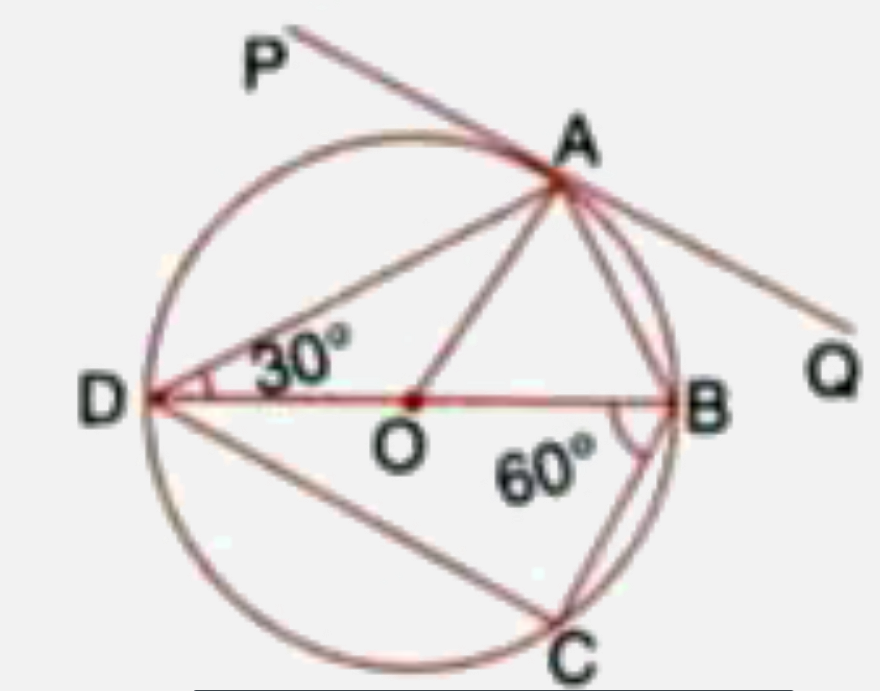in toad ,the amplexusory pad is
absent
found on one inner finger
present on two inner fingers
present on two inner toes.
The correct Answer is:c
To solve the question regarding the amplexusory pad in toads, we can follow these steps:
1. Understand the Question: The question asks about the location of the amplexusory pad in toads. We need to identify where this pad is found among the provided options.
2. Review the Options: The options given are:
- A) Absent
- B) Found on one inner finger
- C) Present on two inner fingers
- D) Present on two inner toes
3. Function of the Amplexusory Pad: The amplexusory pad is known to assist in clasping the female during copulation. This is an important function to consider when determining its location.
4. Location of the Amplexusory Pad: The amplexusory pad is typically located on the lower surface of each forelimb of the toad. It is specifically found on the inner fingers of the forelimbs.
5. Evaluate Each Option:
- Option A (Absent): This is incorrect because the amplexusory pad is present.
- Option B (Found on one inner finger): This is incorrect as the pad is found on both inner fingers, not just one.
- Option C (Present on two inner fingers): This option is partially correct; however, it does not specify the correct anatomical location.
- Option D (Present on two inner toes): This option is misleading because the amplexusory pad is not located on the toes but rather on the fingers.
6. Correct Answer: Based on the anatomical location and function of the amplexusory pad, the correct answer is Option C (Present on two inner fingers). However, if the question explicitly mentions the toes, we must clarify that the pad is not on the toes but on the fingers.
Final Answer:
The amplexusory pad in toads is present on two inner fingers.
- A) Absent
- B) Found on one inner finger
- C) Present on two inner fingers
- D) Present on two inner toes
- Option A (Absent): This is incorrect because the amplexusory pad is present.
- Option B (Found on one inner finger): This is incorrect as the pad is found on both inner fingers, not just one.
- Option C (Present on two inner fingers): This option is partially correct; however, it does not specify the correct anatomical location.
- Option D (Present on two inner toes): This option is misleading because the amplexusory pad is not located on the toes but rather on the fingers.
The amplexusory pad in toads is present on two inner fingers.
Topper's Solved these Questions
- AMPHIBIA-VERTEBRATES WITH DUAL LIFE BOOK - DINESH PUBLICATION ENGLISHCHAPTER - AMPHIBIA-VERTEBRATES WITH DUAL LIFE EXERCISE - check your grasp
11 Videos
- ADOLESCENCE AND DRUG/ALCOHOL / TOBACCO ABUSE BOOK - DINESH PUBLICATION ENGLISHCHAPTER - ADOLESCENCE AND DRUG/ALCOHOL / TOBACCO ABUSE EXERCISE - All Questions
217 Videos
- ANATOMY OF PLANT PARTSBOOK - DINESH PUBLICATION ENGLISHCHAPTER - ANATOMY OF PLANT PARTSEXERCISE - BRAIN TEASERA -II
35 Videos
Similar Questions
Horn Toad is
View SolutionRead the statements regarding frog and choose the correct option
1. Frog never drinks water but absorbs water through its skin
2. Hind limbs of frog end in four digits
3. Male frogs have vocal sacs
4. Male frogs have a copulatory pad on the second digit of fore limb
5. Frog has bilobed tongue
View Solution
Knowledge Check
Uricotelism is found in
(a) birds, reptiles and insects
(b) frogs and toads
(c) mammals and birds
(d) fishes and fresh water protozoansAbirds, reptiles and insectsBfrogs and toadsCmammals and birdsDfishes and fresh water protozoans
toad contains
View SolutionSurinam Toad is
View Solutionin frog and Toad, the tongue is attached
View SolutionPlantulae, the adhesive pads, are found in
View SolutionCockroaches can climb smooth or steep surfaces due to the adhesive pads found on the torses of their legs. They are called ……………………….
View SolutionIn the following figure PQ is the tangent to the circle at A, DB is the diameter and O is the centre of the circle. If ∠ADB=30∘ and ∠CBD=60∘. Calculate :

(i) ∠QAB
(ii) ∠PAD
(iii) ∠CDB
View SolutionMid-wife toad is another name for
View Solution
